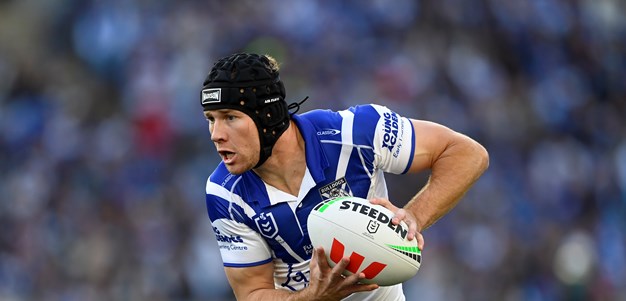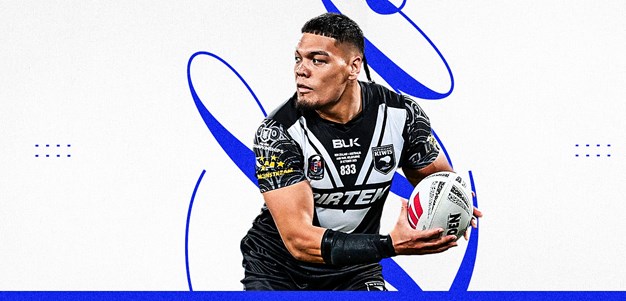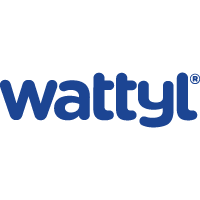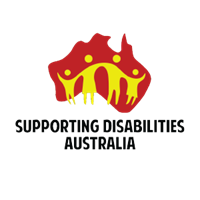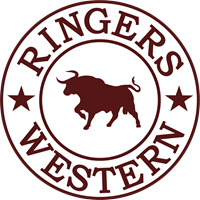

When club CEOs and coaches open their inboxes on Wednesday morning, they will find a present from the NRL that will provide more protection of their most valuable asset: their players.
For the first time in the game's history, and with the aid of associate professor Dr Donna O'Connor from Sydney University, clubs will receive a detailed 75-page Injury Surveillance Report that will reveal their rankings in relation to the competition's constant battle with injuries.
In other words: informing them where they sit on the NRL's injury ladder without knowing who they're beating.
"We're talking 75 pages of data that goes to clubs and gives them benchmark information across every injury across the game," the NRL's Head of Football, Todd Greenberg, told NRL.com.
"It goes right down to the specifics of ankle and ligament sprains, right through to concussion, and it gives them metrics that they can actually quantify to their own staff for. It's a highly impressive document and something that's very important for the future of the game."
While the NRL is determined to keep the report confidential to respect the interests of each of the 16 teams, Greenberg said the clubs who excelled and invested heavily in their high performance department reflected that success in the win-loss column.
"This has been anecdotal for a long period of time, but the data certainly says to you that when a club has a good year of injury run, and they've had their best players on the field, it also equally applies to their performance at the end of the year on the ladder and in the finals," he said.
"What that means is that clubs are very sophisticated now in both their pre-hab and their re-hab. They're spending a lot of money and looking for a return on investment of how they get their players back onto the field, how they keep them on the field over the course of a year, and when they rest them.
"This report helps them assess that. It helps them look at information factually and it helps them make key decisions on both recruitment and retention."
Following the NRL's decision to introduce new concussion laws last season, Greenberg suggested the data could lead to changes regarding the use of interchange, possibly by the start of the 2016 season.
"This [report] certainly allows us to look at workload. It certainly allows us to look at player recovery times, and allows us to shape that across the game for the trends of the game, not just individual clubs," he said.
"So whilst individual clubs will be very interested to see their metrics as opposed to their counterparts, it allows us to have a look at trends inside the game.
"Ultimately that information will help us shape key decisions. Interchange is one of those things that we'll look at, as are other things.
"This year for the first time in the game's history, we've got a sideline concussion assessment policy. We know exactly how many players came off the field last year and were assessed under that policy. We know exactly the number of players that went back on, and we know the exact data about that in relation to SCAT tests.
"We know that for every player in the NRL and equally, we know that for every player in the NYC competition. That's fundamentally important and people need to know that that's the level of application going on behind the scenes in order to make sure we shape player safety to where it should be."
This article first appeared on NRL.com
